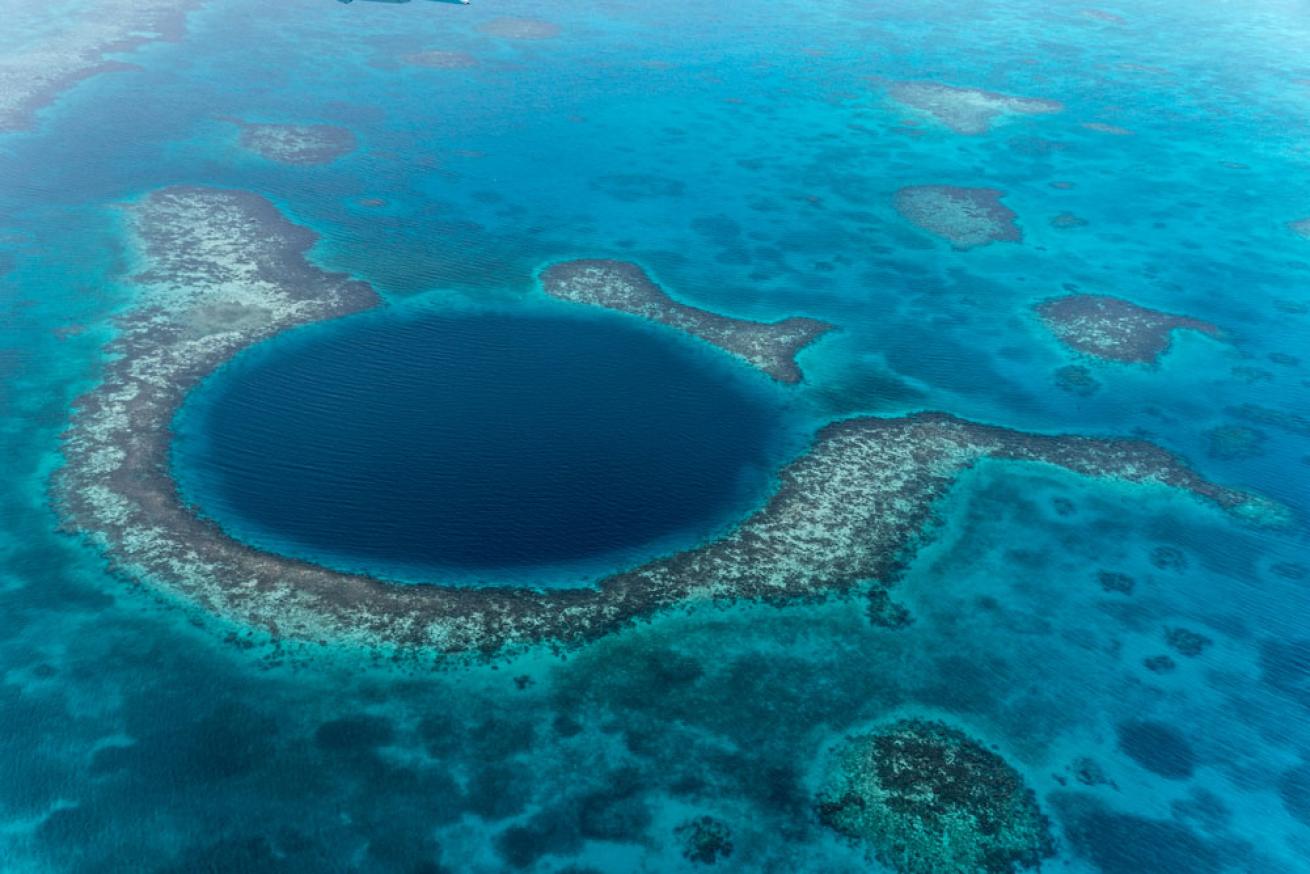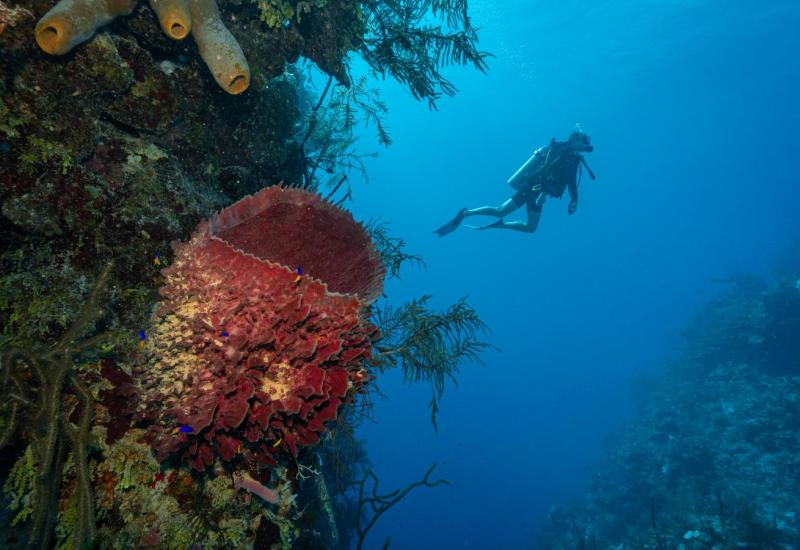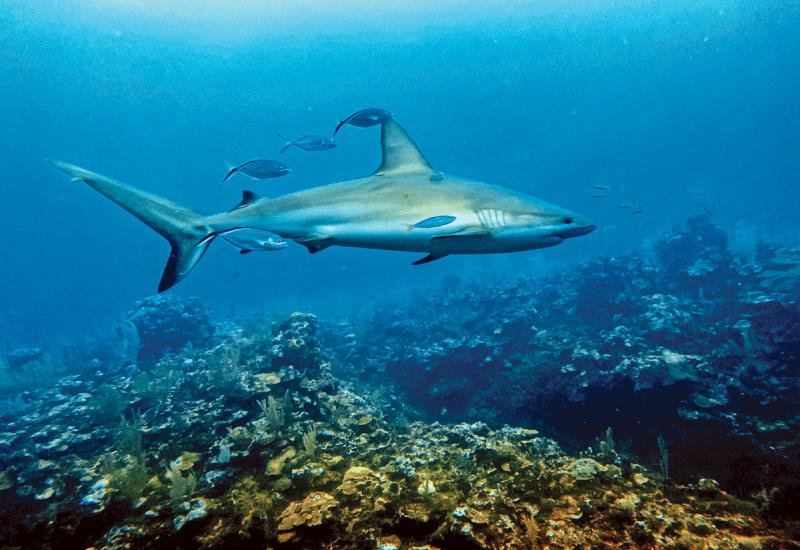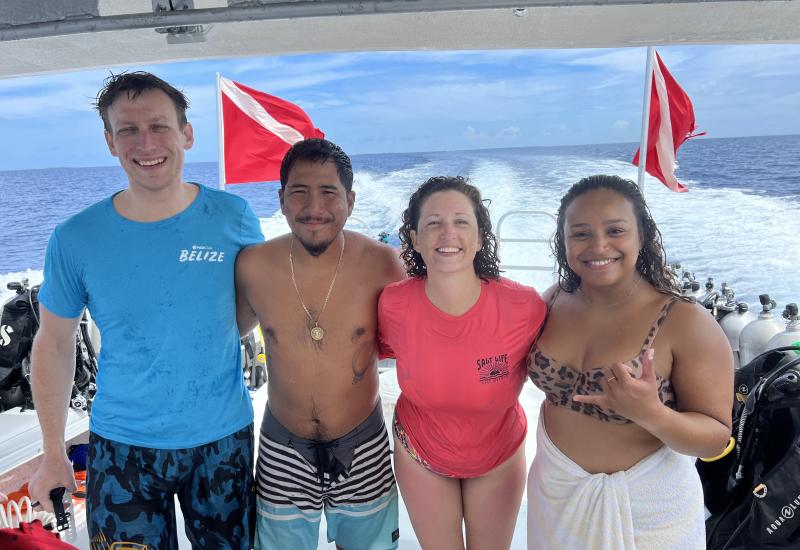Interesting Facts about Belize’s Great Blue Hole

ShutterstockOne of the world's most unique natural wonders, the Great Blue Hole has intrigued scuba divers for decades.
The Great Blue Hole off mainland Belize is one of the world’s most unique — and recognizable — natural wonders. Here are five fast facts about this popular scuba diving hot spot.
1. The Great Blue Hole is circular, and is more than 984 feet across and 407 feet deep. A football field is 360 feet long, including both end zones.
2. It was first discovered by Jacques Cousteau, who brought his research vessel Calypso to investigate its depth in 1972. He filmed it for his TV series The Undersea World of Jacques Cousteau, and declared it one of the top 10 scuba diving sites in the world. Even today, it still is considered a bucket-list dive.
3. The name Great Blue Hole was not coined by Cousteau. British diver and author Ned Middleton called the site by that name in the book Ten Years Underwater, published in 1988.
4. The Great Blue Hole is a part of the larger Belize barrier reef system, and is a World Heritage Site of the United Nations Educational, Scientific and Cultural Organization. Though it is a bucket-list dive, if you prefer colorful coral reefs or high-adrenaline big-animal encounters, you're likely to be disappointed in this dive site. At 40 feet, you'll reach a sandy, limestone shelf. Then you'll begin your descent, often encountering a few Caribbean reef sharks who like to hang out here. At about 100 feet, you'll find the ghostly stalactites hanging off the ceiling of a cavern. On rare occasions, a lone hammerhead shark may appear out of the gloom. As long as you are prepared for what this dive is, you'll appreciate the geology of something that was created millenia ago and the fact that you're following in the footsteps of the legendary underwater explorer Jacques Cousteau.
5. Mainland caves that have a similar sinkhole formation punctuate the earth in Belize and in Mexico’s Yucatan Peninsula, where they are known as cenotes. Unlike the mainland cenotes which often link to underwater cave systems, there is no evidence that the Blue Hole is connected to a cave system.










